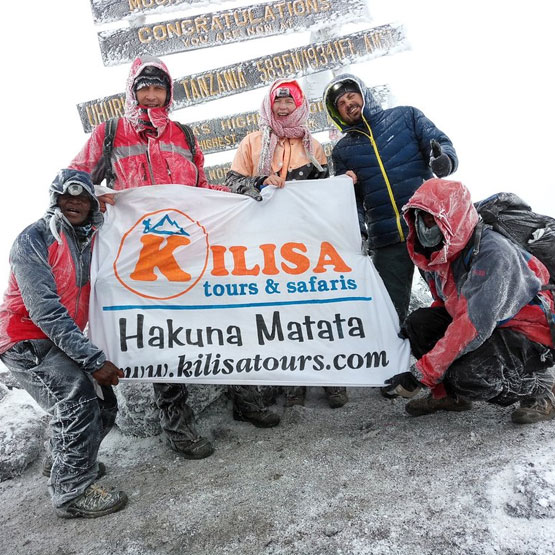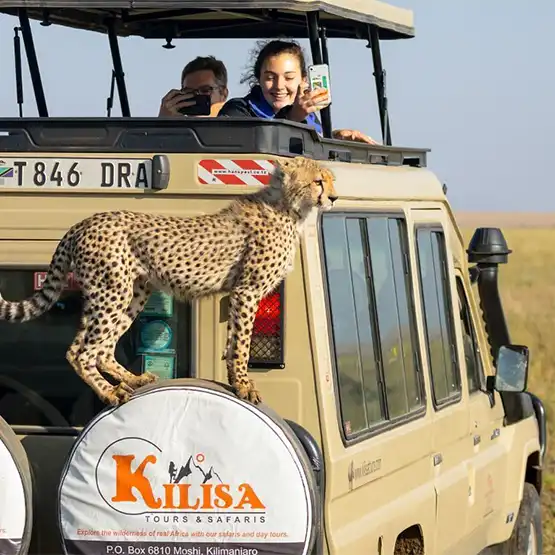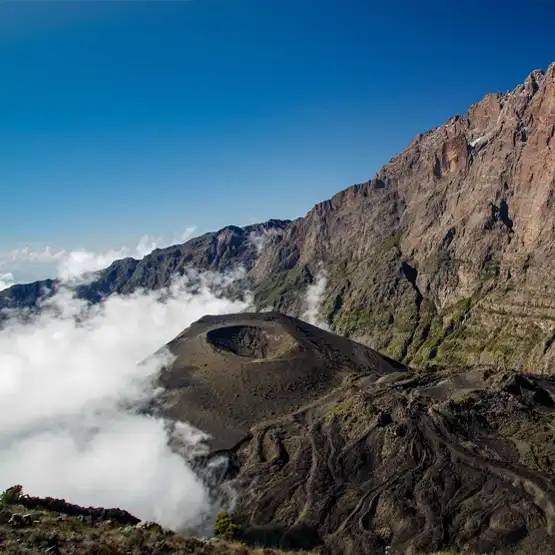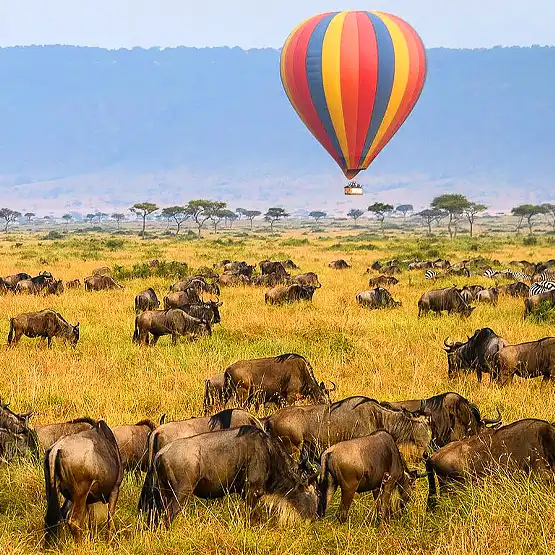Tanzania Infrastructure Developments Tourism 2025
Tanzania is world-renowned for its breathtaking landscapes, iconic wildlife, and rich cultural heritage. From the vast Serengeti plains to the majestic Mount Kilimanjaro and the idyllic beaches of Zanzibar, the country attracts millions of tourists every year. However, one key factor that influences the growth and sustainability of Tanzania’s tourism industry is infrastructure development.
In recent years, Tanzania has made significant investments in roads, airports, railways, and hospitality services. These developments have improved accessibility, enhanced visitor experiences, and created new opportunities for both tourists and local communities. But while infrastructure advancements offer many benefits, they also present challenges, such as environmental concerns and potential over-tourism.
This article explores how Tanzania’s infrastructure developments are shaping its tourism sector, highlighting both the positive impacts and potential challenges.
The Role of Infrastructure in Tourism Development
Infrastructure plays a critical role in tourism by:
- Enhancing accessibility – Better roads, airports, and railways make it easier for tourists to reach remote destinations.
- Improving safety and comfort – Modern transportation systems and accommodations enhance the overall travel experience.
- Boosting local economies – Infrastructure projects create jobs and support businesses in the tourism sector.
- Encouraging sustainable tourism – Well-planned infrastructure can help manage tourist flows and protect fragile ecosystems.
Key Infrastructure Developments Impacting Tourism in Tanzania
1. Expansion of Airports and Airstrips
Tanzania has been expanding and modernizing its airports to accommodate growing tourist numbers.
- Julius Nyerere International Airport (JNIA) Expansion – As Tanzania’s main gateway, JNIA in Dar es Salaam has undergone major upgrades, including new terminals to handle more international flights.
- Kilimanjaro International Airport (KIA) Upgrades – Located near Mount Kilimanjaro and the Serengeti, KIA’s improvements have made it a key hub for adventure tourism.
- Zanzibar Abeid Amani Karume International Airport – Recent expansions have boosted Zanzibar’s capacity to handle more tourists, fueling the island’s beach tourism industry.
- Development of Safari Airstrips – Small airstrips in Serengeti, Selous, and Ruaha make it easier for tourists to access remote safari destinations.
Impact on Tourism:
- Faster and more convenient travel to Tanzania’s key attractions.
- Increased direct international flights, reducing the need for stopovers.
- Growth in luxury and high-end tourism due to improved flight access.
2. Road Network Improvements
Tanzania’s road network has seen significant upgrades, particularly in areas that lead to national parks and other tourist destinations.
- Arusha to Serengeti Road Enhancements – Upgraded roads reduce travel time for safari-goers heading to the Serengeti and Ngorongoro.
- Dar es Salaam to Bagamoyo Highway – This project boosts coastal tourism, making it easier to explore historic sites and beach resorts.
- Infrastructure in Southern Tanzania – The government is focusing on improving roads in Ruaha and Nyerere National Parks to attract more visitors to these less-explored regions.
Impact on Tourism:
- Increased accessibility to remote areas, leading to the diversification of tourism offerings.
- Reduced travel time and costs, making safaris more affordable.
- Improved road safety for self-drive tourists and tour operators.
3. Railway Developments: The Standard Gauge Railway (SGR)
The Tanzanian government has invested in the Standard Gauge Railway (SGR) to modernize rail travel. The SGR connects major cities and is expected to boost domestic and regional tourism.
- Dar es Salaam to Mwanza Line – This railway will offer an alternative mode of transport for travelers visiting Lake Victoria and Serengeti.
- Dar es Salaam to Dodoma Line – A direct connection to Tanzania’s capital, making it easier to explore central Tanzania.
Impact on Tourism:
- Affordable travel options for budget-conscious tourists.
- Reduction in over-reliance on road transport, helping to ease congestion.
- New tourism circuits opening in areas previously inaccessible by train.
4. Growth of Hospitality and Accommodation Sector
With increasing tourist numbers, Tanzania has seen significant investment in hotels, lodges, and eco-friendly accommodations.
- Luxury Safari Lodges – High-end accommodations in Serengeti and Ngorongoro cater to premium travelers.
- Eco-Lodges and Sustainable Tourism Initiatives – More lodges are adopting eco-friendly designs to minimize environmental impact.
- Budget Hotels and Hostels – The rise in affordable accommodations makes Tanzania accessible to backpackers and budget travelers.
Impact on Tourism:
- Broader range of accommodation choices for different budget levels.
- Growth in responsible tourism with eco-lodges promoting sustainability.
- Improved services and customer experiences in the hospitality industry.
5. Digital Infrastructure and Smart Tourism
Tanzania is embracing technology to enhance tourism services.
- Online Booking Platforms – Digital access to hotels, tours, and transport makes planning trips easier.
- Mobile Payment Solutions – Tourists can now use mobile money and digital banking for payments.
- Wi-Fi Connectivity in Parks and Hotels – Improved connectivity allows visitors to share their experiences in real-time.
Impact on Tourism:
- Easier and faster access to tourism services.
- Increased international exposure for Tanzanian destinations.
- More efficient communication between tourists and service providers.
Challenges of Infrastructure Development in Tourism
Despite the benefits, infrastructure development also comes with challenges:
1. Environmental Impact
- Road and airport expansions can lead to habitat destruction and deforestation.
- Increased waste production from hotels and tourists can harm ecosystems.
2. Over-Tourism in Popular Areas
- Improved access can lead to overcrowding in hotspots like Serengeti and Zanzibar.
- Over-tourism threatens wildlife conservation efforts.
3. High Costs of Development
- Large infrastructure projects require massive investments, sometimes leading to debt.
- Maintaining roads and facilities in remote areas is costly.
4. Unequal Tourism Development
- Northern Tanzania (Serengeti, Kilimanjaro) sees more investment than Southern and Western regions.
- Some local communities may not directly benefit from tourism profits.
How to Ensure Sustainable Infrastructure Development
To balance tourism growth with environmental conservation, Tanzania should focus on:
- Eco-Friendly Construction – Using sustainable materials for hotels, roads, and facilities.
- Wildlife Protection Policies – Ensuring roads and airstrips don’t disrupt animal migration routes.
- Tourism Diversification – Promoting less-visited regions like Southern Tanzania.
- Waste Management Solutions – Encouraging responsible waste disposal in tourism areas.
Infrastructure development in Tanzania is transforming the tourism industry, making travel more accessible, comfortable, and diverse. Investments in airports, roads, railways, and digital services are boosting visitor numbers while supporting local economies. However, to ensure long-term sustainability, these developments must be balanced with environmental conservation and responsible tourism practices.
Tanzania’s future as a top global travel destination depends on how well it manages growth while preserving its natural and cultural treasures. By choosing eco-friendly infrastructure solutions, the country can continue to thrive as a leading safari and adventure destination.
FAQs
1. How is Tanzania improving transportation for tourists?
The country is expanding airports, upgrading roads, and developing a modern railway system to improve travel accessibility.
2. What are the environmental risks of infrastructure development in Tanzania?
Deforestation, habitat destruction, and increased waste production are some of the major environmental risks.
3. Which infrastructure project has had the biggest impact on tourism?
The expansion of Julius Nyerere International Airport and Kilimanjaro International Airport has significantly boosted tourism.
4. How can Tanzania balance tourism growth with conservation?
By promoting eco-tourism, enforcing conservation policies, and supporting sustainable infrastructure development.
5. What areas in Tanzania need more tourism investment?
Southern and Western Tanzania, including Ruaha National Park and Mahale Mountains, need more tourism infrastructure.





